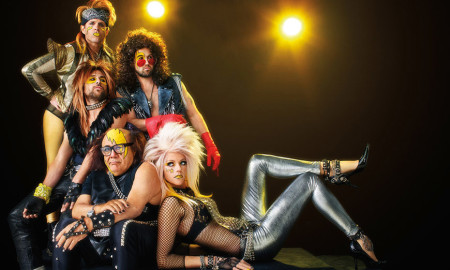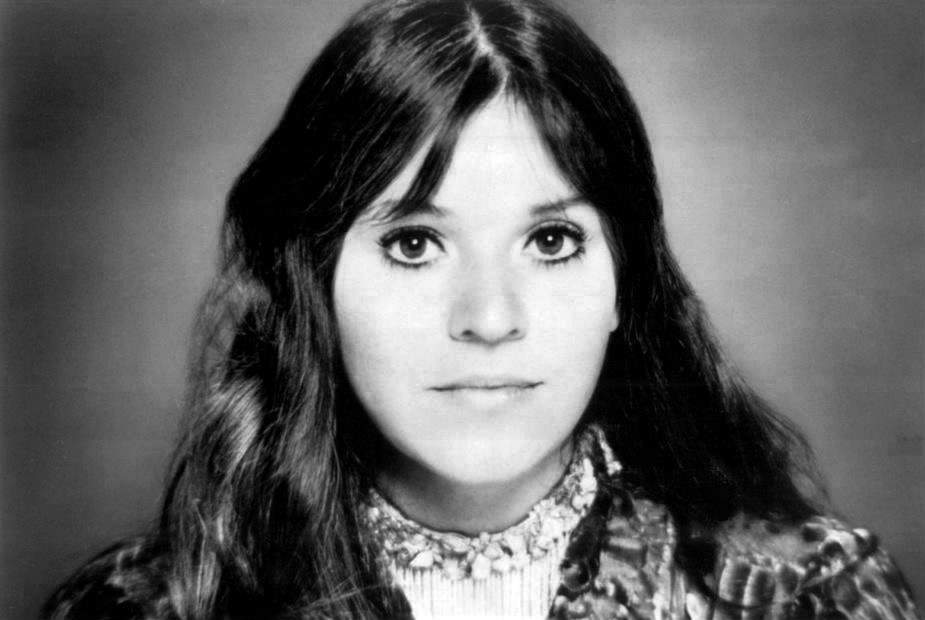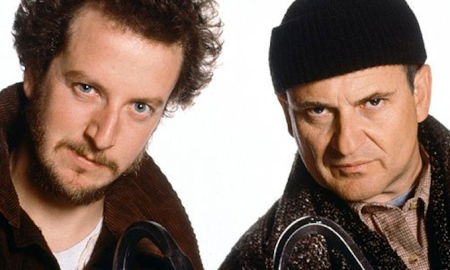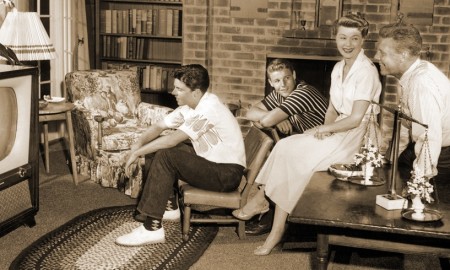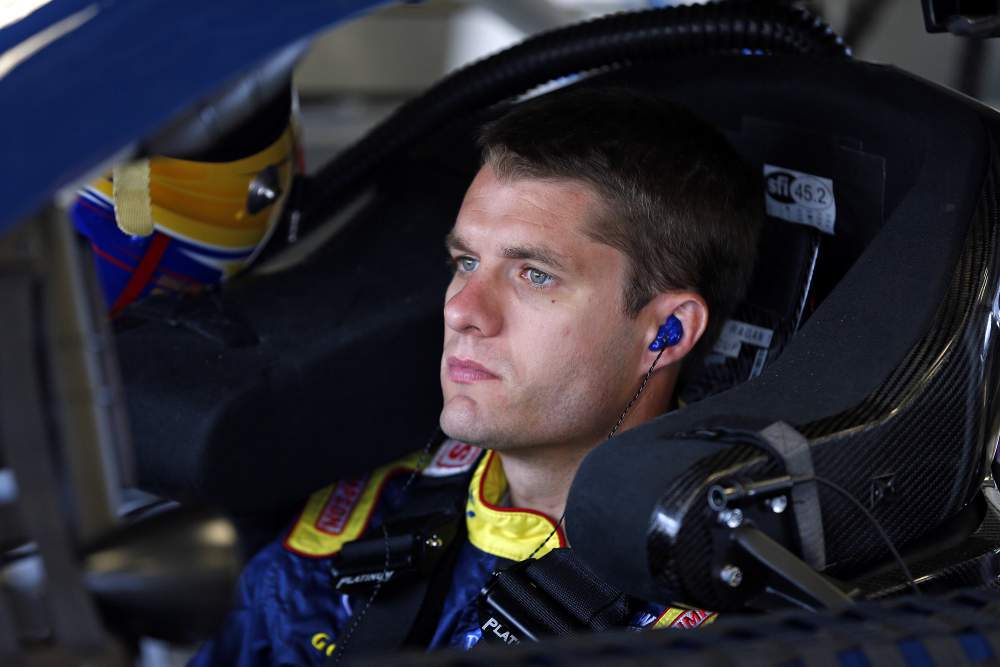

This speed racer is jammin’ down the pedal like he’s never coming back. But he is.
Americans love NASCAR, but most of us don’t know the details of what makes a race a race. We just watch the awesome cars go around and around.
Thanks to NASCAR star David Ragan, we now get access to a wide-open road of racing knowledge. Here, David tells us what it’s like to steer a racing career, and to be in the thick of it. Fasten your seatbelts.
Coming from a racing-obsessed family, it seems that the NASCAR gene was dominant.
My grandfather was involved in motor sports in the 1940s and 1950s, and my dad and his brother were both involved in aspects of the sport, as parts suppliers, as track owners, as owners of race teams and drivers. In the late ‘80s and early ‘90s, when I was growing up, I was around the racetrack and I really enjoyed the sport of NASCAR. When I turned 11 or 12 years old, I had always begged my dad to race. He was finally slowing down in his racing career a little bit. We bought a small Bandolero car, which is a sister to the Legends car. So I started racing at the age of 11.
That seems a bit, uh, young, no?
In a lot of parts of the country, you can be different ages. You can be as young as 5 and race a go-cart. When I was that age, my dad was still busy racing. I started racing in 1997. It was a little late start compared to some of my current competitors.
Where does racecar driving take you?
The passion that I have for auto racing is all about the competition, the speed, the adrenaline. These are all things that motivate me, but in auto racing, you are racing against 42 other competitors. That competition is what motivates me. You can win one week and you can lose the next week. It’s always motivating to continue to work harder and get to that next race. You’re never satisfied. You can be a defending champion, but that gives you no advantage going into the next race. Stock car racing and auto racing in general is something that I live for.

Is racecar driving more of an individual sport or a team sport?
It is very much a team sport. You have to have a lot of elements together to be victorious. Your car has to be fast and set up properly. You can’t have any part malfunctions. There are hundreds of employees who have a hand in building the racecar. They all have to do their job, so that the parts last for the scheduled distance, so that the engine lasts, so that the suspension parts and pieces don’t fail. And then I have to do my job. I can’t make a mistake. I can’t hit the wall or spin out. The pit crew also plays a big part during the race. They have to change tires and fill me up with fuel throughout the race.
How exactly do you win a race?
There are a lot of different elements of winning a race. Whoever wins a race really has had a perfect day. You can also have a perfect day and finish fifth. There are going to be several teams that are in position to win, and whoever does the small things correctly will be victorious. Sometimes it is a game of chance or luck, but ultimately, you have to have every element just right, and that no one makes a mistake, and you will have a chance to win.

Is it about driving defensively?
Sometimes it is. You have to weigh how aggressive you are going to be. The racetrack and the type of race dictate that. We have a 600-mile race, but we also have some 400-mile races. So there is a different strategy to each race. The driver has a lot in his control as to how he handles high-pressure situations and how he manages distractions on the racetrack.
What’s an example of a high-pressure situation?
A high-pressure situation would be on a day where you qualify mid-pack, meaning that you don’t have the best qualifying starting position. You’re surrounded by a lot of cars. Your track position isn’t very good to start the race with. Sometimes you have to be aggressive early on, but you can’t be too aggressive and take a chance and tear your racecar up. If you were to qualify on the first two or three positions, you have a clean racetrack in front of you. You’re not surrounded by a lot of cars. But if you start 25th or 30th, you’re in the middle of a hornet’s nest. You will have to manage the [competitors] around you regarding how aggressive you are, but also taking care of your equipment, and that’s a lot of pressure. You can have a bad pit stop halfway through the race, but you know that you have a car that can win. You can’t let that affect you mentally. You’ve got to overcome that, and try to rebound. There are certain situations where you have to be mentally strong.
How is it decided where you are positioned in the starting lineup?
We’ll have time trials. The fastest guy for that given time trial will be on the pole. The slowest guy will be in the back. Weather also makes a difference. There are strategies where guys will sometimes set their cars up to just go very fast for a short number of laps, and maybe they’re counting on cautions or a quick-paced race. Then there are guys who set their cars up to be slow and steady. It’s kind of like the turtle and the hare. Sometimes the turtle is going to win.
What are some of your favorite racetracks?
Some racetracks are 2 ½ miles in length. Our largest speedway is Daytona Talladega. Very, very large. Over 2 miles in length. There are also short tracks, like Bristol, TN or Martinsville, VA that are ½ of a mile. Not even a full mile in length. You have 43 cars, whether you’re at the ½ mile racetrack or the 2 1/2 -mile racetrack. You can just see how tight it’s going to be at the short track versus the long speedway.
How do you account for NASCAR’s immense popularity?
The NASCAR fan is the most passionate and loyal fan in all of sports. I think it’s for multiple reasons. When NASCAR was formed in the late 1940s, it was basically just organizing a group of everyday people who had souped-up stock cars to allow them to race on a closed circuit that was safe and entertaining. I think over the years, they’ve kept that tradition alive. The NASCAR racers are very approachable. Fans can relate to the NASCAR racer. NASCAR keeps the fans very involved. We have many autograph sessions and fan Q&A’s. We’re more accessible than other superstars of other major sports. In what sport can you talk to a Peyton Manning for an hour or even 30 minutes before the Super Bowl? At the Daytona 500, there is access to the drivers, an hour, 30 minutes before the race. Even 15 minutes before the race. Lots of fans will have the opportunity to shake my hand before I get into my car and go racing in five minutes. You can’t compare it to any other sport.
How’s your driving when you’re not racing?
I definitely keep it under the speed limit on the road. My sponsor over the years has been Triple A. They promote safe driving. And CFX, who promotes playing safe around railroad tracks. So safe driving is always something I have to be conscious of off the racetrack. It’s all in perspective. When I get off the racetrack, it feels normal because I’m behind the wheel of a passenger car.
What do you like to drive as a civilian?
I’m a truck guy. I own a Ford dealership in Perry, GA, where I’m from. I drive an F-150 every day. I don’t have any feeling for fast, exotic cars. I like old American, steel-bodied cars. I have old 1930s, 1940s and ‘50s Fords that I have accumulated over the years and that family members have passed down.
You’re soon to be a new dad, with a baby daughter. Any extra-early advice for her regarding racing and driving?
If she encourages a lot of girls to follow their dreams, that would be good. But racing would be an expensive dream to follow. It would keep me working for a long time.
###
Find out more about David here.



